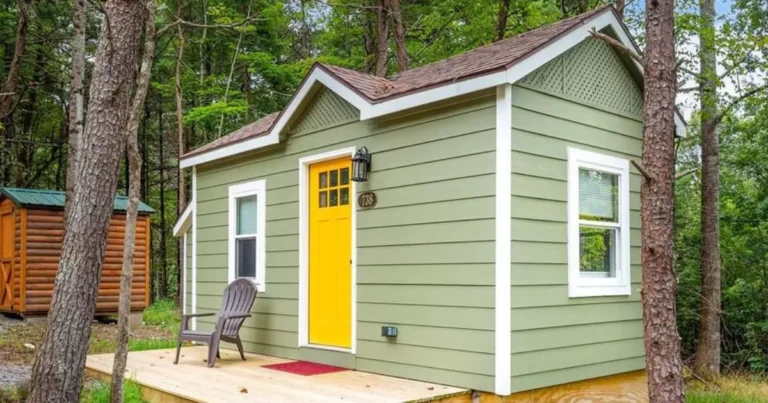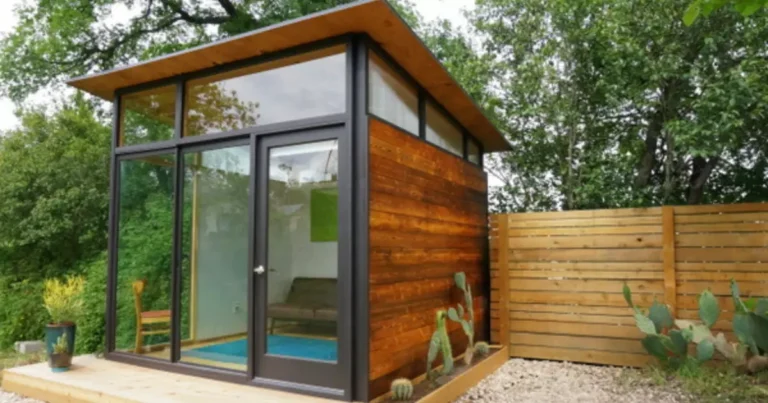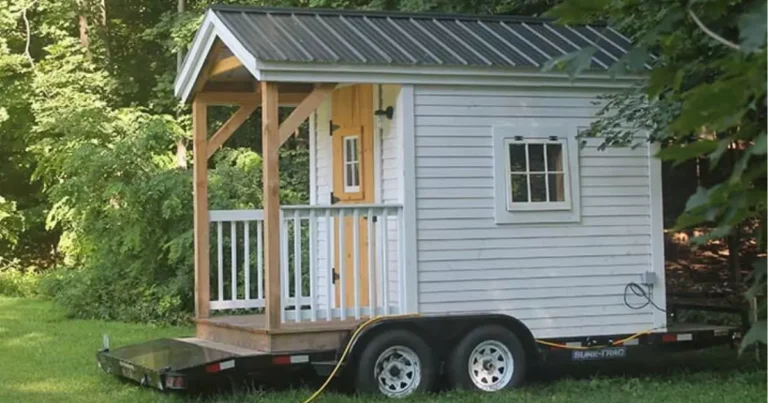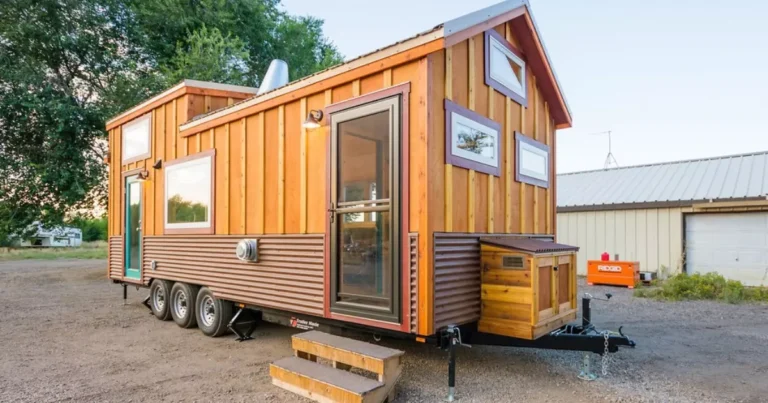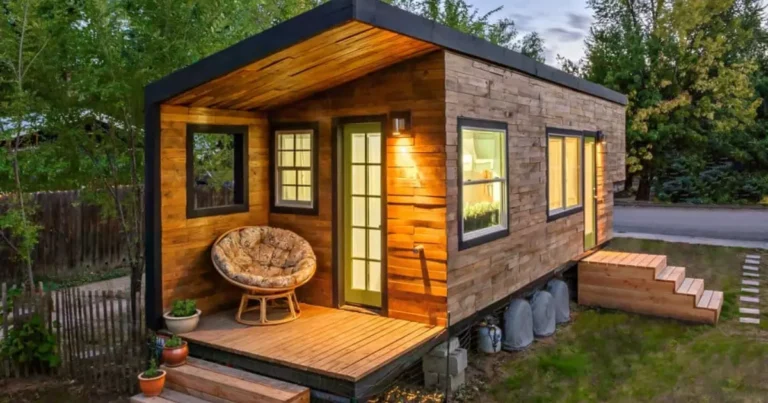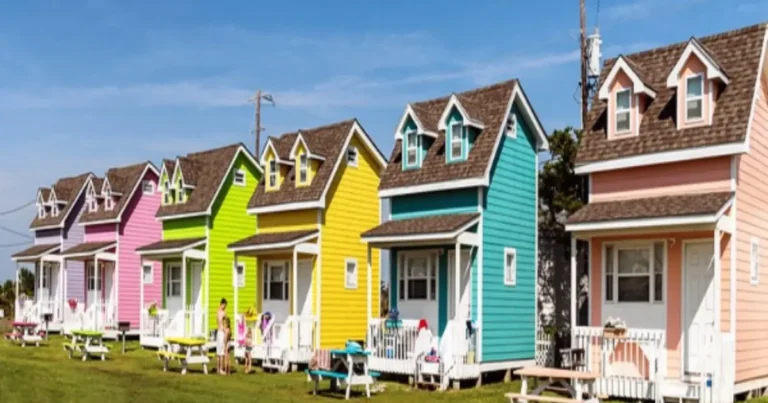What Size is a Tiny House? Exploring the Dimensions
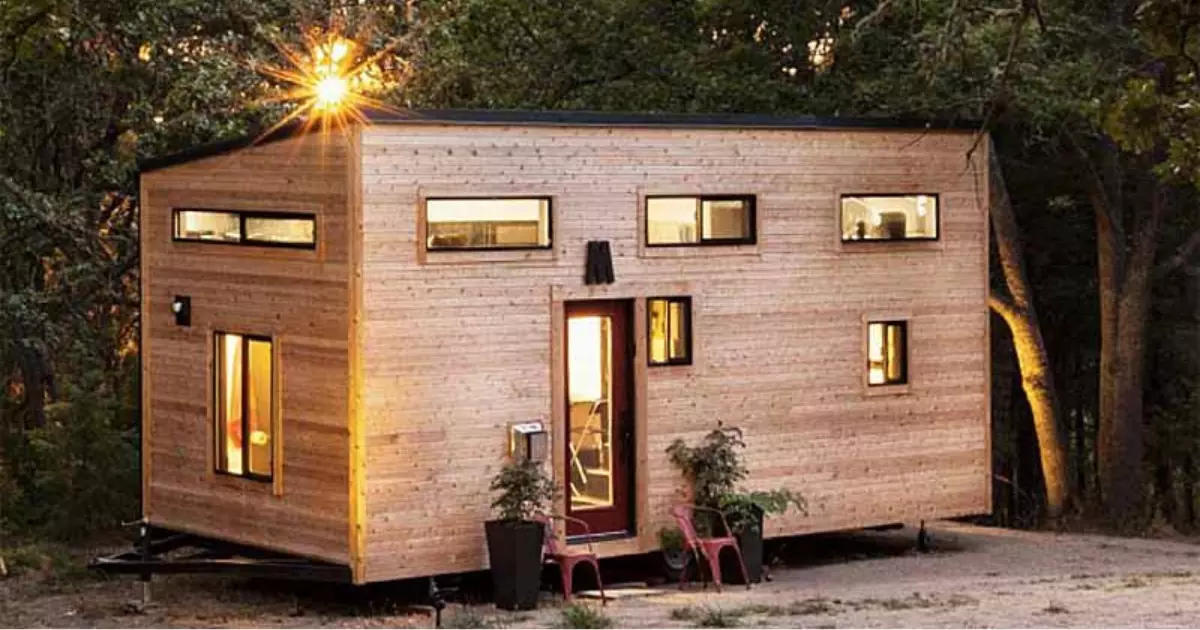
Tiny houses come in various sizes, from micro homes under 80 square feet to family-sized models around 1,000 square feet, offering a range of compact living options. To explore this unique lifestyle, consider factors like mobility, design, and legal regulations.
The concept of tiny houses has gained immense popularity as an innovative and sustainable approach to living. These compact dwellings offer an alternative to the traditional notion of homeownership, catering to those who prioritize simplicity, mobility, and eco-friendliness. But what exactly is a tiny house, and how small can they get? In this article, we’ll delve into the dimensions of tiny houses, exploring their various sizes and the considerations that go into creating these charming, space-efficient abodes.
Tiny houses represent a significant shift from the traditional concept of homeownership, challenging our perception of space and necessity. These diminutive homes are carefully designed to utilize every inch of space effectively, offering residents a chance to live with fewer possessions and a smaller environmental footprint. But what are the factors that determine the size of a tiny house?
Defining Tiny Houses
A tiny house is typically characterized by its minimalistic design, compact size, and efficient use of space. While there isn’t a strict numerical cutoff, tiny houses are generally under 400 square feet. This compact size encourages creative design solutions and often involves multifunctional furniture and clever storage ideas.
Factors Influencing Tiny House Dimensions
Several factors come into play when determining the dimensions of a tiny house.
Zoning Regulations and Legalities
Municipal zoning regulations influence the size and location of tiny houses. Different areas have varying restrictions on minimum dwelling size and where tiny houses can be parked or built.
Purpose and Lifestyle
The intended purpose of the tiny house plays a crucial role in its dimensions. Is it a full-time residence, a vacation home, or an accessory dwelling unit? Lifestyle considerations also impact the size, as individuals with various hobbies and needs must accommodate them within a limited space.
Mobility and Trailer Size
Tiny houses on wheels offer the advantage of mobility. The size of the trailer used as the foundation dictates the maximum dimensions of the tiny house. Transportability is a significant consideration for those who wish to travel with their home.
Design and Layout
Effective design and layout optimization are essential for maximizing space in tiny houses. Creative use of vertical space, lofted areas, and open floor plans all contribute to creating a comfortable living environment within a limited area.
Exploring Tiny House Sizes
Tiny houses come in various sizes to cater to different preferences and needs.
Micro Tiny Houses
Micro tiny houses, often referred to as “micro homes,” can be as small as 80 square feet. These compact dwellings are best suited for minimalist individuals or those looking for a weekend retreat.
Tiny Houses on Wheels
Tiny houses on wheels, also known as THOWs, are a popular choice for those seeking both mobility and a small living space. They typically range from 150 to 300 square feet and are designed to be easily transportable.
Small-Sized Tiny Houses
Small-sized tiny houses fall within the range of 300 to 600 square feet. These provide more room for amenities and can accommodate a couple or a small family comfortably.
Family-Sized Tiny Houses
For families looking to embrace the tiny house lifestyle, larger models ranging from 600 to 1,000 square feet offer enough space for multiple occupants. These houses often incorporate clever design features to ensure functionality for all family members.
Maximizing Space in Tiny Houses
Making the most of limited space requires innovative solutions.
Multifunctional Furniture
Furniture that serves multiple purposes, such as a sofa that converts into a bed or a dining table that doubles as a workspace, helps optimize space without sacrificing functionality.
Innovative Storage Solutions
Storage is a key consideration in tiny houses. From hidden compartments within staircases to drawers under beds, designers are constantly coming up with creative ways to provide ample storage.
Lofted Areas
Lofted sleeping or storage areas take advantage of vertical space, freeing up the floor area for other activities. However, accessing lofts might require ladders or stairs.
Advantages of Tiny Houses
The tiny house movement offers several appealing benefits.
Affordability and Minimalism
Tiny houses are a more affordable housing option compared to traditional homes. They also promote a minimalist lifestyle, encouraging individuals to prioritize experiences over possessions.
Reduced Environmental Footprint
Tiny houses consume fewer resources, require less energy to heat and cool, and produce a smaller amount of waste compared to larger homes, making them an environmentally conscious choice.
Closer Connection to Nature
With their smaller size and often mobile nature, tiny houses provide the opportunity to live closer to nature and experience a simpler, more sustainable way of life.
Challenges of Tiny House Living
While the tiny house lifestyle has its perks, it’s not without challenges.
Limited Space
Living in a small space requires careful organization and discipline to avoid clutter and maintain a comfortable living environment.
Zoning and Legal Challenges
Navigating local zoning laws and building codes can be challenging for tiny house enthusiasts, as many areas are still catching up to this housing trend.
Downsizing Considerations
Transitioning to a tiny house means significantly downsizing possessions, which can be emotionally challenging for some.
Is Tiny Living Right for You?
Before diving into tiny house living, consider your compatibility with this lifestyle.
Assessing Your Lifestyle
Evaluate your daily activities and hobbies to determine if a smaller space can accommodate your needs and interests.
Embracing Minimalism
If you’re drawn to a simpler way of life and are willing to let go of excess belongings, tiny living might align with your values.
Adapting to Limited Space
Being comfortable in tight quarters and finding joy in simpler surroundings are essential traits for successful tiny house living.
Building Your Own Tiny House
For those interested in building their own tiny house, there are a few key considerations.
DIY vs. Professional Builders
Decide whether you have the skills and time to build the house yourself or if you’d prefer to hire professionals.
Budgeting and Planning
Creating a realistic budget and comprehensive plan are vital to the success of your tiny house project.
Navigating Building Codes
Research local building codes and regulations to ensure your tiny house complies with legal requirements.
FAQs
Are tiny houses cheaper to maintain than traditional homes?
Yes, tiny houses generally have lower maintenance costs due to their smaller size and reduced resource consumption.
Can I legally park a tiny house anywhere?
No, the legality of parking a tiny house depends on local zoning regulations. Some areas allow it, while others have restrictions.
Do tiny houses have plumbing and electricity?
Yes, many tiny houses are equipped with plumbing and electricity, similar to traditional homes, although they might use smaller-scale systems.
Can a family with children comfortably live in a tiny house?
Yes, larger tiny house models are designed to accommodate families by incorporating clever design features and multifunctional spaces.
How long does it typically take to build a tiny house?
The time required to build a tiny house varies based on factors like size, complexity, and whether you’re building it yourself or hiring professionals. It can range from a few weeks to several months.
Conclusion
Tiny houses come in various sizes, each offering a unique take on compact living. Whether you’re attracted to the simplicity, mobility, or eco-friendliness they offer, the dimensions of a tiny house are as diverse as the people who choose to call them home. So, if you’re ready to embrace a lifestyle that challenges norms and redefines space, a tiny house might just be the perfect fit for you.
